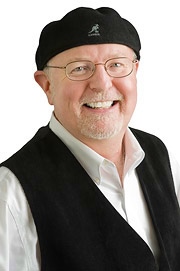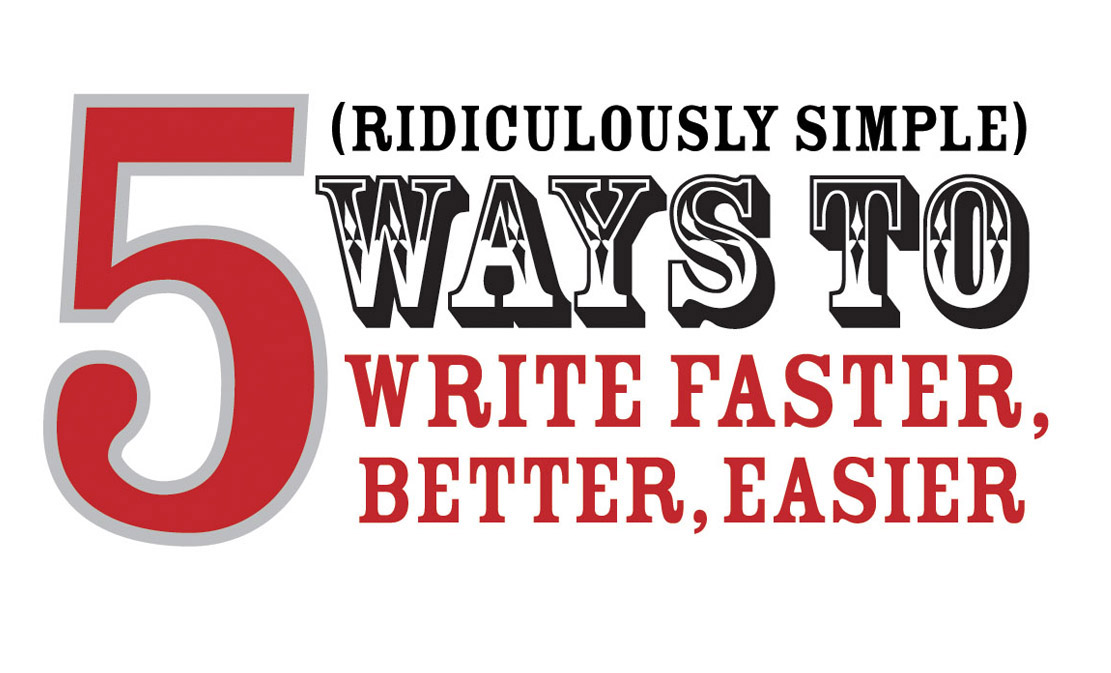7 Sure-Fire Steps for Creating Your Company’s Documentary
 Sunday, September 28, 2008 at 08:40AM
Sunday, September 28, 2008 at 08:40AM “Our company decided to make our own documentary.”
Sounds easy enough, but do you know where to start?
“Let’s just roll some tape and see what happens.”
Sounds exciting, but how much more will it cost you without using a plan?

In my last post, I wrote about three styles to consider when filming your company’s video story.
Of those three styles, I’ll now show you a process you can use to discover and capture your organization’s mini-documentary; easily and effectively.
Many people find the documentary style attractive because it has a sense of reality and rawness to it; real stories from real people.
Filming your company’s story in a mini-documentary format is a compelling way for you to highlight your culture, values, strengths and uniqueness and share it in a way your audience will appreciate and connect to.
So where do you begin?
I’ve used this blueprint for years to produce many videos for companies.
I call it, “STORIES.”
Select: your storytellers (interviewees)
Talk: to your storytellers (interviewees)
Organize: your material (your potential story)
Realize: your story with a script (your intentional story)
Imagine: the supporting footage (describe what you will see in your video)
Express: the supporting footage with engaging video (capture it)
Shape: your story in editing (your vision on screen)
You can use the “STORIES” blueprint too, to produce your own company’s mini-documentary.
Want an example?
Let’s take a peak into how the STORIES process is used for your company. You decide your video story will be five – seven minutes long.
1. Select. Your interviewees are your storytellers. Select five or six people who are as diverse in as many ways possible; their length of time with the company, their discipline, their passion to share their knowledge, their backgrounds, ages, etc.
2. Talk. Now, with the camera rolling, talk to your interviewees (storytellers) and get their story directly. Remember: it’s their point of view you’re after. If you’re not sure what to ask your storytellers, use these 11 questions as a guide to kick-start your possibilities.
3. Organize. Once your interviews are completed, transcribe them and put them in a binder. Being organized allows you to highlight and arrange your best sound bites easily and quickly.
4. Realize. Your script is realized after contemplating and arranging your best material from your storytellers. Copy and paste these quotes into a new document. This becomes your working script.
5. Imagine. Your script has been crafted. It has a natural flow from beginning to end. But what will your audience see while the story is being told? Imagine the footage you want captured in the appropriate areas of the script. Write it down in your script.
6. Express. Now it’s time to put visuals to your script. The goal is to capture compelling footage that expresses and compliments your narrative. Remember: your audience can sniff out gratuitous footage; make every scene count!
7. Shape. In editing, you shape and eventually crystallize your story using music and
all the visual tools available into an emotional narrative. A story uniquely yours.
Whether you plan to create your mini-documentary yourself or hire a professional team, having a blueprint like STORIES will take you out of the guessing game and into the story game.
Now I’d like to ask you:
• What do you think?
• Is this something that might be useful in your next project?
• Would you tweak it if you could?
• What has worked for you before?
• Is it adaptable for other projects like podcasting?
---Tom
P.S. Originally posted on Tom's FastCompany.com column, "Let's See That Again!"




Reader Comments (5)
Glad the posts have been helpful. Priceless? Glad to hear and thrills me to know it!
Be great,
Tom
Thank you so much for your fast and helpful reply: your suggestions are most welcome, precise and clever. I'm following them step by step!
This particular article made the scenario much clear to me. I was trying to figure out how to combine the interview with the script, but creating the working script out of the results of the interview sounds logical and easier, plus I believe it will give the video an overall sense of unity and cohesion.
Have a wonderful week and thanks again!
Thanks!
Matt
Glad to be a life saver for ya! Good luck with your project. =)
Tom